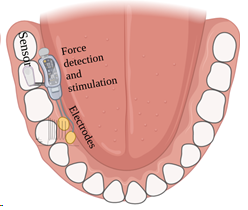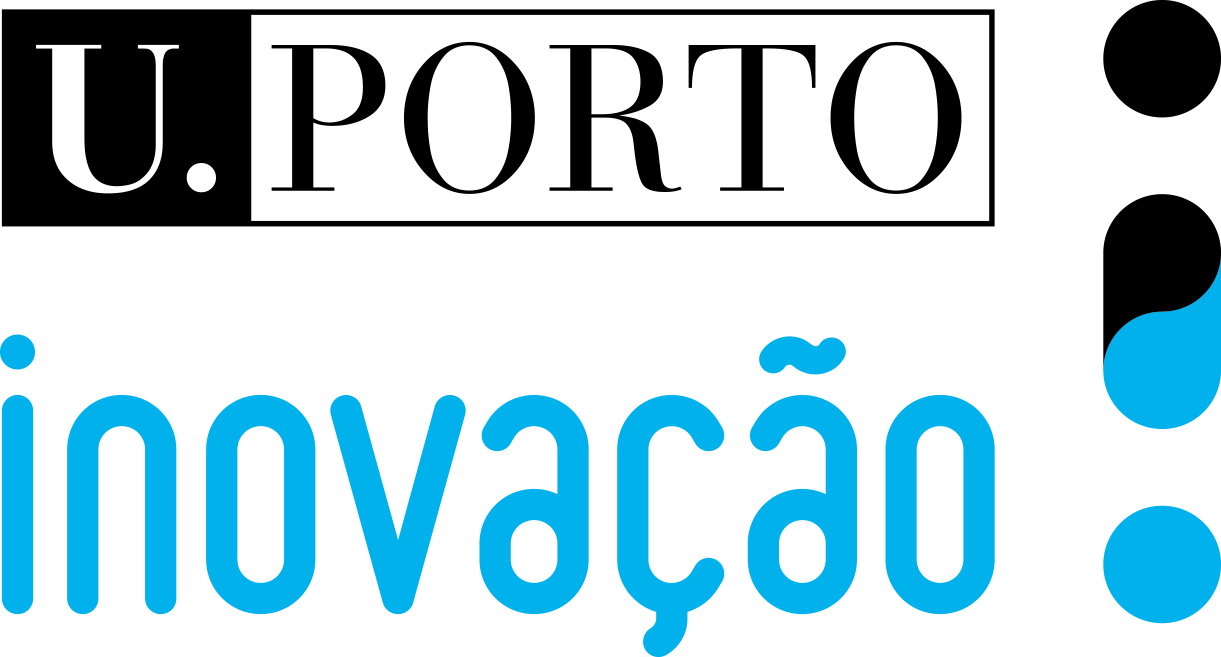
The present invention aims at restoring the neurosensitive connection between the teeth, or their substitutes, and the brain. As such, the invention is prepared to be applied on teeth, abutments, dental implants, crowns, or prosthetic structures. The apparatus is composed of two devices: one of the units is placed in the region of the tooth or implant head, and its function is to transform the mechanical forces into an electrical signal.
A second unit receives this electric signal by electronic means of communication (with or without wires), and it transforms it into a neurological stimulus.
Patients with dental prostheses often complain about the lack of tooth sensitivity while eating, which changes the perception of the dimension, hardness, and texture of food. This problem also occurs amongst patients that had tooth extraction, devitalization, ablative oral surgery, and infections, although in a smaller scale.
As a result, it is experienced a significant loss of the ability to taste food and due to the lack of perception regarding food hardness, fractures occur quite frequently when it comes to fixed prostheses.
The proposed device detects the exerted force and generates stimuli of frequency that increases non-linearly with the applied force. These stimuli are applied on the trigeminal nerves so that masticatory force information is sent to the brain. Furthermore, this invention allows the patient with the implant to have more detailed information about the hardness, texture, dimension, and taste of food.
Finally, improves the perception of food hardness, preventing masticatory overloads, and therewith, minimizing the occurrence of fractures of fixed prostheses.
The main purpose for this invention is to restore dental proprioception in people who lost their natural teeth, after the inclusion of this microsystem in dental implants, crowns and prosthetic structures. Additionally, these units can provide patients more sensitivity on their mouth as well as and act as a tool for detecting and preventing parafunctional masticatory movements, commonly known as bruxism.
Even though it is useful for dental medicine, this medical implant can also be applied in the clinical field of stomatology, maxillofacial surgery, physical medicine and rehabilitation, gerontology, sports medicine, among others.






